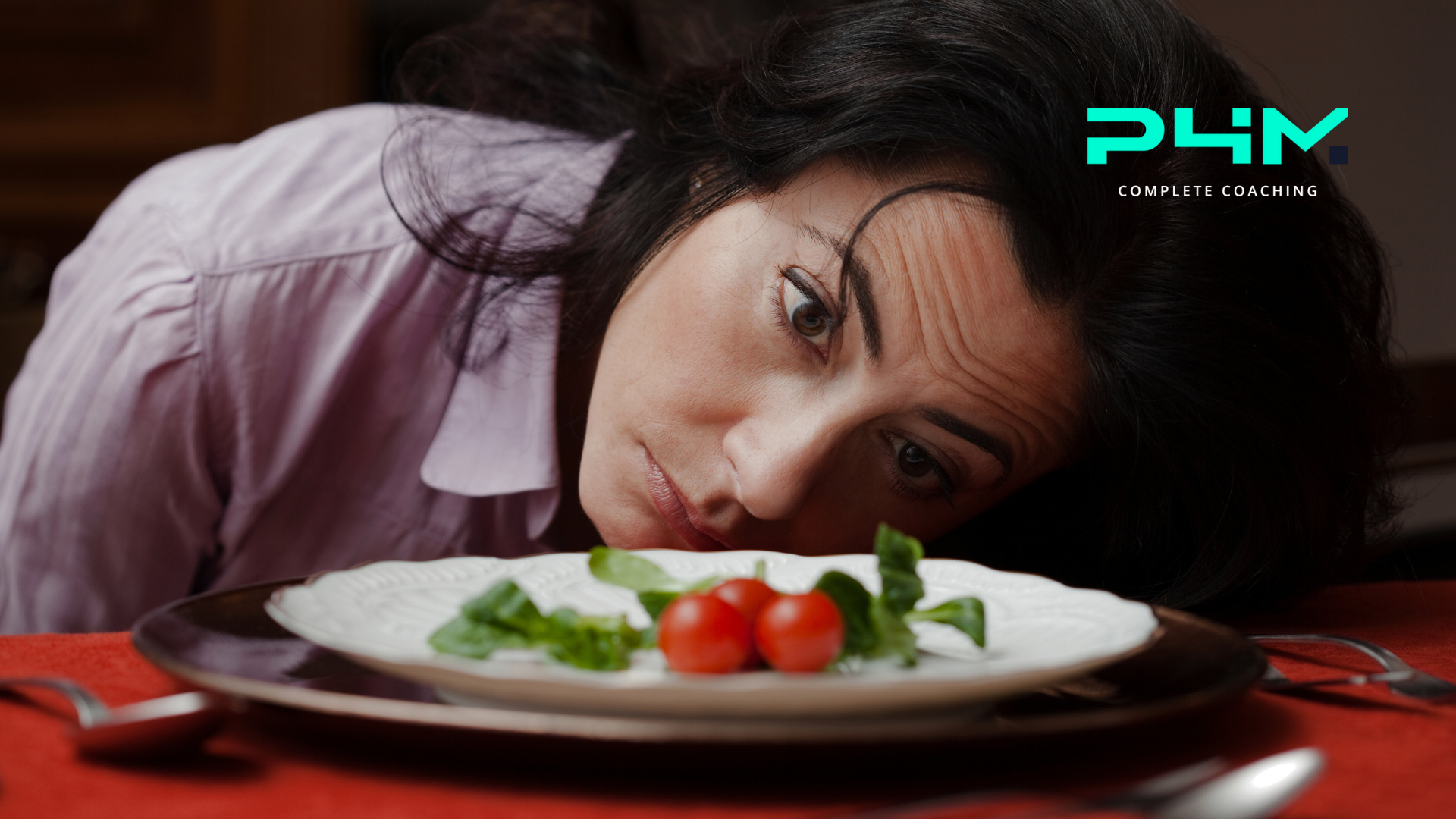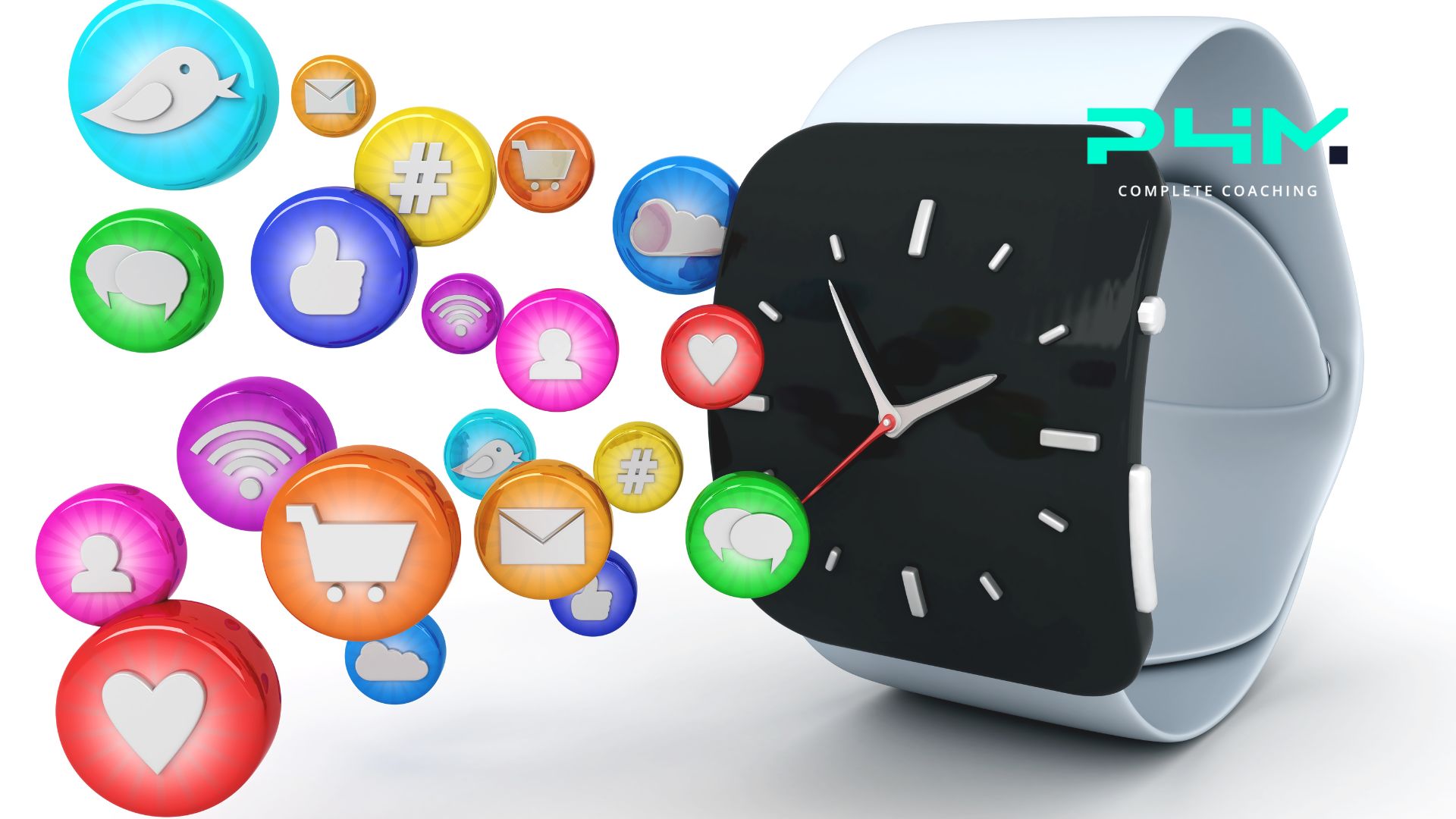🚦 Sick of being told what to eat—only to hear the opposite advice a month later?
One day, carbs are making you fat. Next, they’re essential for energy. Fat was demonised for decades, now avocados and butter are health superstars. It’s enough to make your head spin.
And yet, despite all these “expert” rules, people still struggle to maintain a healthy diet. Why? Because the problem isn’t you—it’s the confusion created by diet culture.
What if, instead of following restrictive rules, you had a simple, flexible way to guide your food choices—without guilt, without obsession?
That’s where the Food Traffic Light System comes in. It’s not about cutting things out. It’s about knowing when to go, when to slow down, and when to pause.
How the Food Traffic Light System Works
Instead of labeling foods as inherently good or bad, this system categorizes them into three zones:
🟢 Green Foods: The All-You-Can-Eat Champions These are the nutrient powerhouses—foods that are minimally processed and packed with vitamins, minerals, and energy. Think lean proteins, fruits, vegetables, whole grains, and healthy fats. These should make up the bulk of your diet because they fuel your body like premium gasoline in a high-performance car.
🟠 Amber Foods: Proceed with Awareness These foods have nutritional value but may need some portion control, processing considerations, or personal tolerance adjustments. Examples include whole dairy, starchy vegetables, higher-fat meats, and some processed foods. They’re not bad, they just require a little mindfulness—like approaching a yellow light at an intersection.
🔴 Red Foods: The Occasional Treat Lane These are the foods you might want to slow down on—not because they’re evil, but because they don’t serve your body as effectively. These are often ultra-processed, high in added sugar, unhealthy fats, or artificial ingredients. Think deep-fried foods, sugary drinks, and highly processed snacks. But remember, red doesn’t mean forbidden! Sometimes, hitting a red light is just part of the journey.
Why One Size Doesn’t Fit All
Unlike rigid diet rules that dictate what you can’t eat, the Traffic Light System puts YOU in control.
For example, cottage cheese is a green food for me—it’s high in protein and easy to digest. But for my wife? Total disaster. It’s a red food for her because it causes bloating and cramps. Same food, completely different experience. And that’s the key—your nutrition needs are as unique as you are.
The Science Behind Personalising Nutrition
Still skeptical? Science backs this up. A study led by Dr. Eran Elinav found that people have wildly different blood sugar responses to the same foods. In other words, what spikes my blood sugar might have no effect on yours (Eran Elinav Study).
This means those cookie-cutter diet plans? They don’t take into account your personal biology. That’s why personalized approaches—like the Traffic Light System—are the way forward.
How to Find Your Personal Traffic Light Foods
This isn’t about rigid meal plans or tracking every bite. It’s about listening to your body and making choices that work for YOU.
1️⃣ Find Your Green Foods → What foods make you feel energized, digest well, and support your goals? These are your everyday staples.
2️⃣ Spot Your Amber Foods → What foods can you enjoy in moderation without noticeable negative effects?
3️⃣ Recognise Your Red Foods → What foods leave you feeling sluggish, bloated, or uncomfortable? These are your “approach with caution” items.
Why This Works (And Why Diets Don’t)
With this system, nothing is completely off-limits—which means no more guilt, no more “falling off the wagon,” and no more unrealistic rules that suck the joy out of eating.
When you stop treating food as a set of strict rules and start seeing it as a spectrum, everything changes. You start making better choices most of the time—without beating yourself up when you indulge.
By shifting away from diet culture and embracing a traffic light approach, you build a sustainable, personalized way of eating that supports your long-term health without obsession or deprivation.
🚦 Ready to find your personal Green, Amber, and Red foods? Start experimenting, listen to your body, and remember: the best diet is the one that works for YOU.
References
- Elinav, E. et al. (2015). Personalized nutrition by prediction of glycemic responses. Cell, 163(5), 1079-1094. Link
- Drewnowski, A. (2018). Healthier by design: The benefits of the traffic light nutrition labeling system. Nutrients, 10(7), 905. Link
- Forde, C. G., et al. (2017). Understanding eating behavior and food choice through the lens of sensory and cognitive influences. Trends in Food Science & Technology, 66, 190-203. Link




